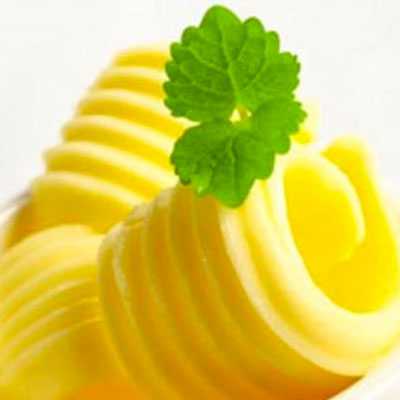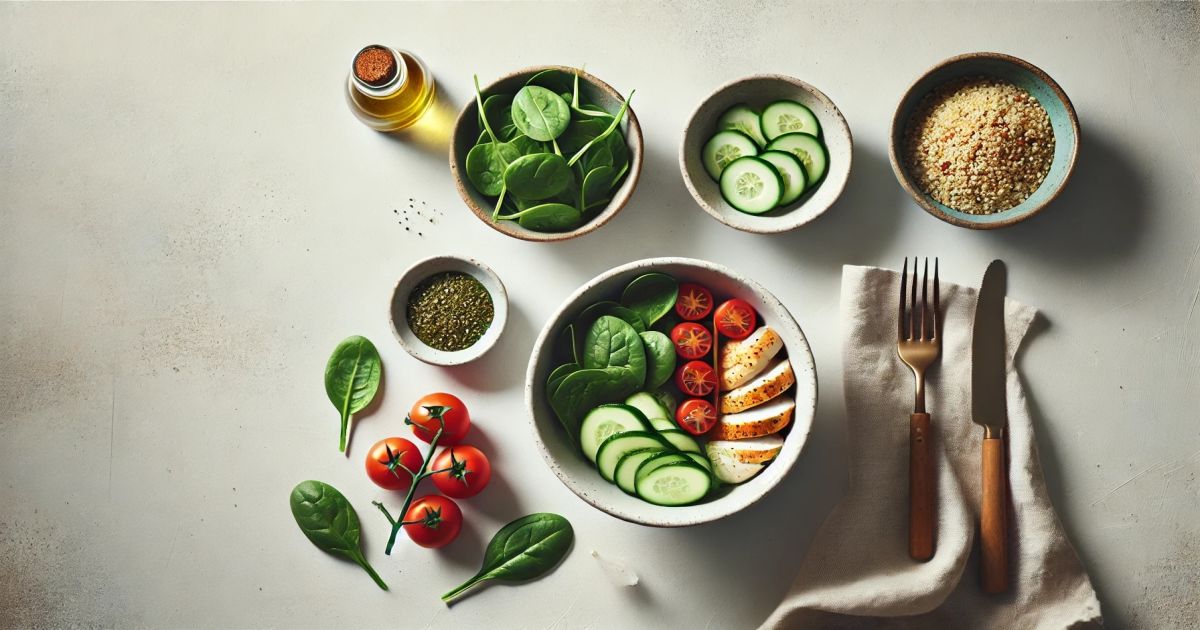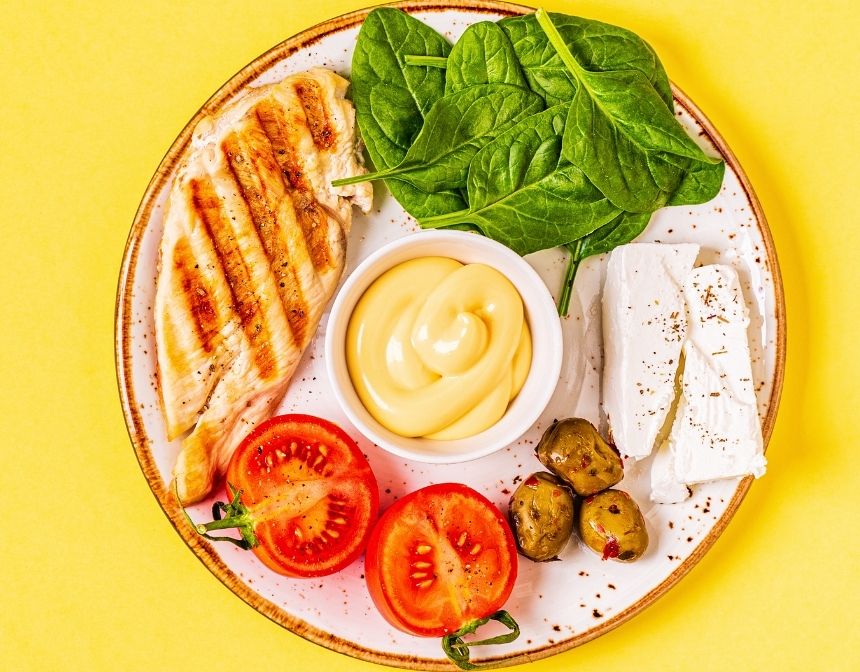Origins of The Shrimp and Grit
The Shrimp and Grits recipe stands as a testament to the rich culinary heritage of the Southern United States. Originally a breakfast dish for coastal fishermen, it has evolved into a beloved staple across the South, enjoyed at all times of the day. The dish's humble beginnings trace back to the Gullah-Geechee people of the South Carolina Lowcountry, who prepared it from the fresh catch of the day paired with the ground maize staple that was easy to store and cook. Today, it symbolizes Southern comfort food and showcases the simplicity and depth of flavors that can be achieved with fresh, local ingredients.
In crafting the perfect recipe for Shrimp and Grits, chefs and home cooks alike aim to balance the creamy, comforting texture of the grits with the rich, spicy flavors of the shrimp. The key to the best shrimp and grits recipe lies in using high-quality, stone-ground grits that cook up to a creamy consistency and sourcing fresh, plump shrimp that lend a sweet counterpoint to the dish's hearty base. Seasonings play a pivotal role as well, with smoked paprika, cayenne pepper, and fresh lemon juice bringing out the shrimp's natural flavors, creating a dish that is deeply comforting yet surprisingly light.
As you embark on making your own Shrimp and Grits, remember that this dish is more than just a combination of ingredients; it's a celebration of Southern culture and traditions. Each serving carries with it stories of the past, from the sea-faring origins to the modern interpretations found in restaurants and kitchens throughout the South. Whether you're following a traditional shrimp and grits recipe or adding your personal twist, the goal is to honor the dish's roots while making it your own. No matter where you are, a bowl of Shrimp and Grits brings a taste of Southern hospitality and warmth to your table, making it a cherished recipe for generations to come.
Choose The Right Grits
Choosing the right grits is crucial for crafting the perfect shrimp and grits dish. Here’s how to make sure you pick the best type for this classic Southern recipe:
Opt for Stone-Ground Grits
Stone-Ground Grits: These are the most traditional and recommended type for authentic shrimp and grits. Stone-ground grits are processed minimally, retaining more of the corn's natural flavor and texture. They take longer to cook, but the result is a creamier and more flavorful dish.
Texture and Flavor: Stone-ground grits offer a coarser texture and a richer corn flavor compared to their quicker-cooking counterparts. This texture and flavor profile pairs exceptionally well with the savory taste of shrimp.
Avoid Instant and Quick Grits
Quick Grits: These grits have been finely ground and processed to cook faster. While convenient, they lack the depth of flavor and creamy texture that stone-ground grits provide.
Instant Grits: Pre-cooked and dehydrated, instant grits are the quickest to prepare. However, they sacrifice both texture and taste and are not recommended for a dish where grits play a starring role, like shrimp and grits.
Cooking Time and Consistency
Patience Pays Off: Stone-ground grits require more cooking time, often 20 to 45 minutes, but the superior taste and texture are worth the effort. Keep in mind that the grits will continue to thicken after they come off the heat, so aim for a slightly looser consistency than you want at the end.
Read the Label
Check the Packaging: When shopping, look for packages labeled "stone-ground" to ensure you're getting the right type. Also, be aware of whether you're buying white or yellow grits; both work well, but they offer slightly different flavors (white being milder and yellow a bit sweeter and earthier).
Source Locally If Possible
Local Mills: For the best quality, try to source grits from local mills or Southern producers. Not only does this support local businesses, but these grits are often fresher and of higher quality.
By choosing the right type of grits for your shrimp and grits recipe, you elevate the dish from a simple meal to a memorable dining experience. Stone-ground grits complement the tenderness of the shrimp with a creamy, textured base that absorbs flavors well, making every bite a perfect harmony of Southern culinary tradition.
Choose Shrimp
Selecting the right shrimp is essential to the success of any dish, especially in a classic recipe like shrimp and grits. Here are tips to ensure you choose the best shrimp for your culinary creations:
Freshness is Key
Look for Freshness: Fresh shrimp should have a clean, sea-water smell. Avoid any shrimp that smells of ammonia, a sign of spoilage.
Appearance Matters: Fresh shrimp should appear firm and slightly translucent. Avoid any that look discolored or have black spots.
Wild-Caught vs. Farm-Raised
Wild-Caught Shrimp: Often preferred for their superior flavor and texture, wild-caught shrimp are caught in their natural environments. They are considered more environmentally sustainable than most farm-raised options.
Farm-Raised Shrimp: More readily available and sometimes more affordable, farm-raised shrimp can vary in quality. Look for those certified by environmental organizations to ensure they're responsibly farmed.
Size and Type
Size: Shrimp are sold by count per pound, with labels like “16-20” indicating the number of shrimp it takes to make up a pound. For shrimp and grits, medium to large sizes (e.g., 21-30 count) are ideal, as they offer a good balance of flavor and texture.
Type: There are various types of shrimp, including white, brown, and pink. White shrimp, with their sweet flavor and firm texture, are excellent for shrimp and grits.
Shells On or Off
Shell-On Shrimp: Cooking shrimp with the shells on can enhance the flavor of the dish, adding depth to the grits. However, for ease of eating, you might prefer to peel the shrimp before cooking.
Deveined: Whether you choose shell-on or peeled shrimp, ensure they are deveined. This not only improves the appearance and texture but also removes the digestive tract.
Frozen Can Be Fine
Don’t Dismiss Frozen: Quality frozen shrimp can be a great option, especially if you don’t have access to fresh seafood. Frozen shrimp are often flash-frozen shortly after being caught, which locks in freshness. Just ensure they are properly thawed in the refrigerator before cooking.
Sustainable Choices
Sustainability: Opt for shrimp that have been caught or farmed in environmentally friendly ways. Look for certifications from organizations like the Marine Stewardship Council (MSC) or Aquaculture Stewardship Council (ASC).
By selecting the right type of shrimp—considering freshness, size, sustainability, and preparation preferences—you can ensure your shrimp and grits or any shrimp-based dish turns out flavorful, succulent, and truly satisfying.
For more, check out our ‘How To Peel & Devein Shrimp?’ article.
What To Serve with Shrimp and Grits?
Shrimp and grits is a classic Southern dish that offers a perfect balance of savory shrimp and creamy grits.
Here are our delicious recipes that you can serve with Shrimp and Grits:
Wine & Dine
Pairing wine with Shrimp and Grits involves finding a balance that complements the creamy, savory nature of the grits and the sweet, delicate flavors of the shrimp. The right wine can elevate this classic Southern dish into a gourmet experience. Here are some wine suggestions that harmonize beautifully with Shrimp and Grits:
1. Chardonnay
A lightly oaked Chardonnay works wonderfully with Shrimp and Grits. The buttery notes of the wine complement the creamy texture of the grits, while its crisp acidity cuts through the richness of the dish. Opt for a Chardonnay with moderate oak influence to avoid overwhelming the shrimp's delicate flavor.
2. Sauvignon Blanc
For a fresher, more vibrant pairing, Sauvignon Blanc is an excellent choice. Its high acidity and citrusy profile offer a refreshing contrast to the dish's creaminess, enhancing the flavors of the shrimp and balancing the overall richness.
3. Viognier
Viognier, with its floral aromas and stone fruit flavors, pairs beautifully with the succulent shrimp. Its full body matches the dish's weight, making it a harmonious companion that won't overpower the grits' subtle flavors.
4. Pinot Gris
Choose a Pinot Gris for a soft, subtly fruity complement to Shrimp and Grits. This wine's balanced acidity and round texture support the dish's richness without competing with its flavors, making it a versatile pairing option.
5. Rosé
A dry Rosé can be a delightful pairing for Shrimp and Grits, offering the best of both worlds with its crisp acidity and red fruit characteristics. Its lightness and refreshing qualities make it a perfect match for a dish that bridges the gap between hearty and delicate.
6. Sparkling Wine
Don’t overlook the joy of bubbles; a Brut Sparkling Wine or Champagne adds an effervescent contrast to the dish. The crisp acidity and lively bubbles cut through the richness, cleansing the palate and enhancing the shrimp's sweetness.
When selecting a wine to accompany Shrimp and Grits, consider the preparation style and any additional ingredients or spices used, as these can influence the best wine match. Regardless of your choice, the goal is to enhance both the dish and the wine, creating a memorable dining experience.

















































